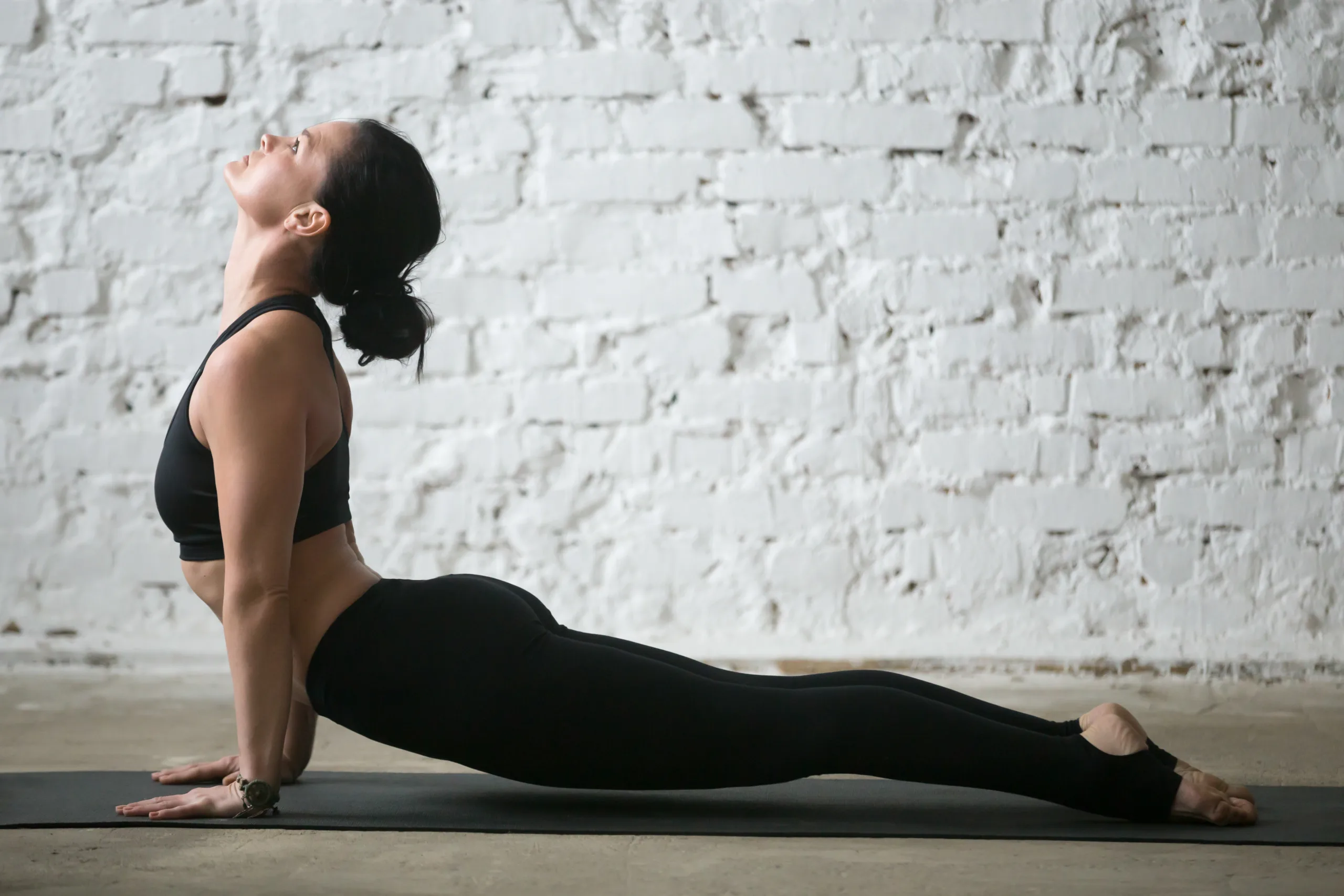Introduction
Derived from the Sanskrit words “ha” (sun) and “tha” (moon), Hatha Yoga is a popular form of yoga that focuses on balancing the opposing energies within the body and achieving harmony between mind, body, and spirit. In this ultimate guide, we will explore the origins, philosophy, principles, and practices of this ancient practice. Whether you’re a beginner or experienced yogi, understanding Hatha Yoga can deepen your experience and enhance your overall well-being.
Historical Background
This ancient practice has a rich history that dates back centuries. It emerged as a branch of Yoga during the 9th century in India. Influential figures significantly contributed to the development and codification of Hatha Yoga practices. Over time, it has evolved, incorporating various techniques, postures (asanas), breathing exercises (pranayama), and meditation practices to promote physical, mental, and spiritual well-being.
Philosophy and Principles in Hatha yoga
Central to this practice is the philosophy of achieving balance and union between the opposing forces within oneself. It emphasizes the importance of cultivating awareness, mindfulness, and self-discipline. The key principles include:
- The union of opposing energies
- The flow of vital energy through energy channels
- Breath control as a means to regulate energy and achieve mental clarity.
Asanas (Physical Poses) in Hatha yoga
Hatha Yoga incorporates a wide range of asanas to promote physical strength, flexibility, and balance. Some popular asanas practiced include:
- Mountain pose (Tadasana) – promotes stability and grounding
- Downward-facing dog (Adho Mukha Svanasana) – stretches the entire body and builds strength
- Child’s pose (Balasana) – promotes relaxation and releases tension
- Cobra pose (Bhujangasana) – strengthens the back muscles and improves posture
Practicing asanas not only enhances physical health but also fosters a sense of inner harmony and balance.
Pranayama and Breath Control
Breathing techniques play a vital role in Hatha yoga. By consciously regulating the breath, practitioners can cultivate a calm and focused mind, balance the body’s energy, and enhance overall well-being. Some commonly practiced pranayama techniques include:
- Dirga Pranayama (Three-Part Breath) – deepens the breath and calms the nervous system
- Nadi Shodhana Pranayama (Alternate Nostril Breathing) – balances the flow of energy in the body and clears the mind
Pranayama practices have numerous benefits, including increased lung capacity, improved concentration, and reduced stress levels.
Meditation and Relaxation
Meditation is an integral part of this practice. It involves training the mind to focus and redirect thoughts, resulting in improved mental clarity, emotional well-being, and self-awareness. Various meditation techniques are incorporated, such as:
- Mindfulness meditation – cultivating present-moment awareness
- Visualization techniques – using imagery to promote relaxation and inner peace
Regular practice of meditation and relaxation can reduce anxiety, improve sleep quality, and foster a deep sense of inner calm.
Balance and Alignment
Achieving balance and alignment is crucial in this practice. By aligning the body’s posture correctly, practitioners can prevent injuries, improve the flow of energy, and experience the full benefits of each asana. Some techniques to improve balance and alignment include:
- Focusing on the breath and body awareness during practice
- Engaging the core muscles to stabilize the body
- Seeking guidance from a qualified instructor to refine alignment
Proper balance and alignment contribute to a safe and effective practice.
Flexibility and Strength in Hatha yoga
This practice offers a balanced approach to developing both flexibility and strength. It incorporates asanas that stretch and lengthen the muscles, promoting increased range of motion. At the same time, it includes poses that build muscular strength and stability. Through regular practice, practitioners can experience enhanced flexibility, toned muscles, and improved overall physical fitness.
For more information on different types of yoga, refer to reputable sources such as the Yoga Journal website.
FAQs
FAQ 1: What is the difference between this practice and other types of Yoga?
This practice is a foundational form of yoga that encompasses a broad range of physical poses, breathing techniques, and meditation practices. It focuses on balancing the mind and body. Other forms of yoga may have different styles, sequences, or emphases.
FAQ 2: Can anyone practice this practice, regardless of age or fitness level?
Yes, this practice is suitable for individuals of all ages and fitness levels. It offers modifications and variations for different body types and abilities. However, it’s important to listen to your body and work within your limits to prevent strain or injury.
FAQ 3: Is this practice suitable for beginners?
Yes, this practice is an excellent choice for beginners. It provides a solid foundation for understanding fundamental yoga principles and developing a strong mind-body connection. Classes often focus on proper alignment, breath awareness, and gradual progression through poses.
FAQ 4: How often should I practice Hatha yoga to see results?
The frequency of practice can vary depending on individual goals and schedules. For optimal results, aim for a regular practice of at least 2-3 sessions per week. Consistency is key in experiencing the physical, mental, and emotional benefits.
FAQ 5: Can this practice Hatha yoga with stress and anxiety?
Absolutely. This practice incorporates mindfulness, breath control, and relaxation techniques that can significantly reduce stress levels and promote a sense of calm. Regular practice can help manage anxiety, improve mood, and enhance overall well-being.
Conclusion
This practice is a transformative practice that encompasses physical, mental, and spiritual aspects. Through the practice of asanas, pranayama, meditation, and relaxation, individuals can achieve balance, strength, flexibility, and inner harmony. Whether you’re a beginner or experienced yogi, incorporating this practice into your lifestyle can lead to profound physical and emotional well-being. So, take the first step on your journey and experience the benefits for yourself.

2 thoughts on “Hatha Yoga – The ultimate guide”